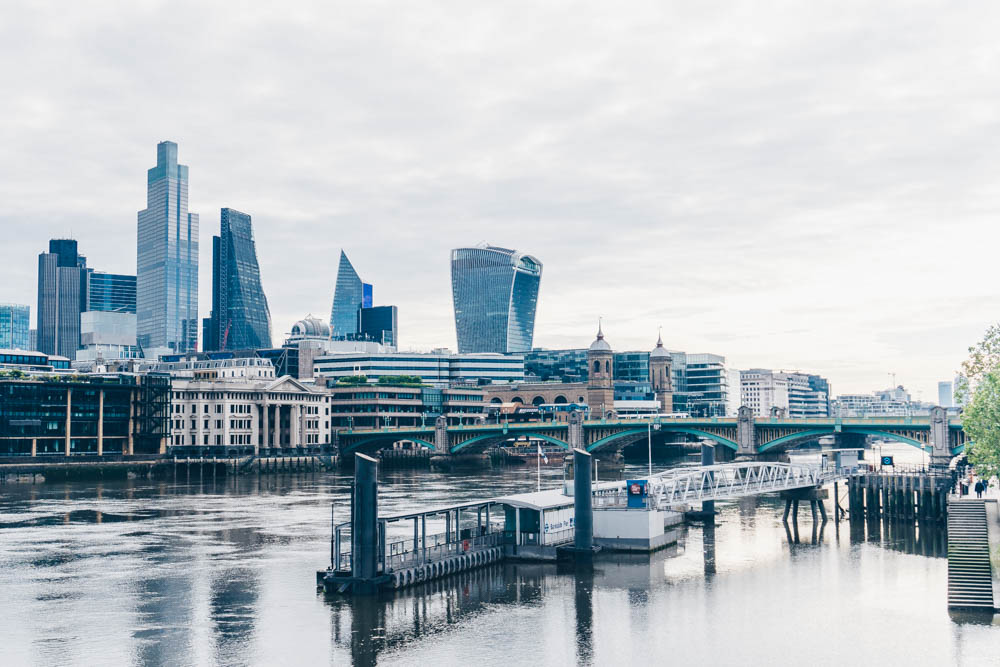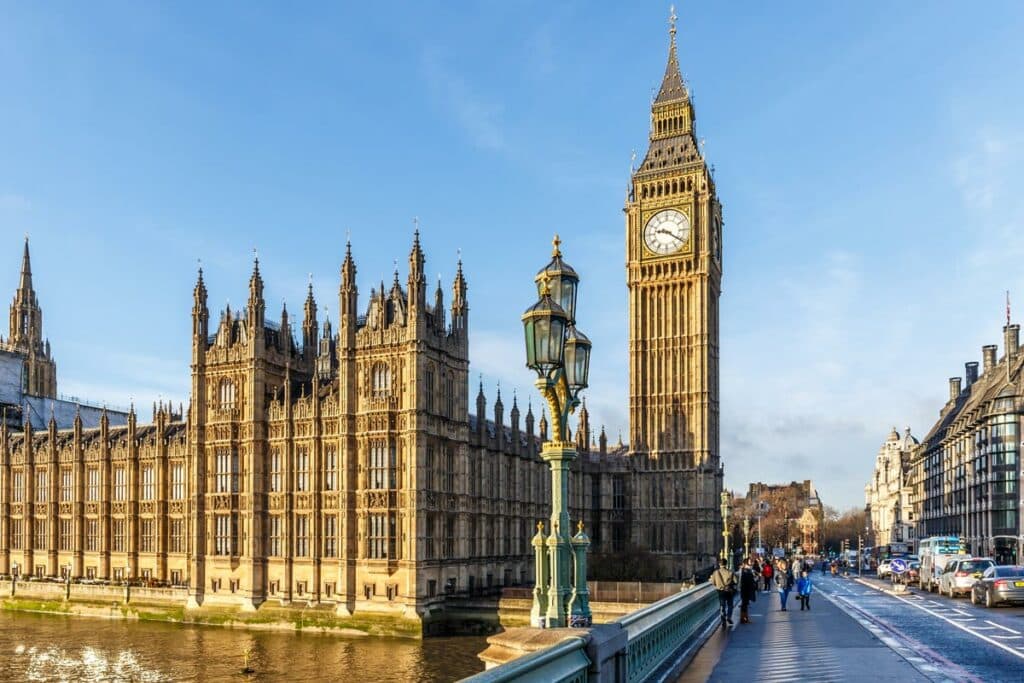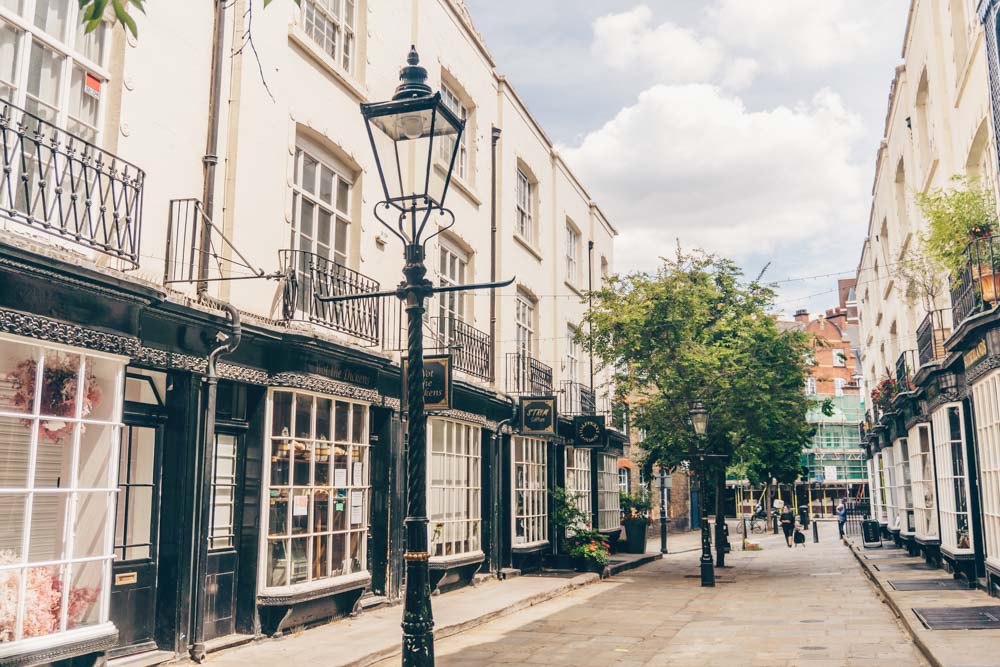How on Earth does a Roman city become a self-governing financial hub? Let’s discover the history of the City of London.
So let’s first address the somewhat misleading name. If you came here for a history of the city of London, not the City of London, we apologise. You’re in the wrong place.
What we’re here to discover is the history of a bizarre and ancient section of London that is not only one of the most powerful places in the world, but also the world’s oldest continuous democracy.
The Square Mile, as it’s sometimes called, is now one of the richest global financial hubs in the world, but it owes its success to a tradition that goes back nearly a thousand years, and begins a thousand years before that, going on to challenge even royalty as the most powerful organisation in Britain.
This is the incredible history of London’s self-governing enclave and how it came to be.
Where is the City of London?
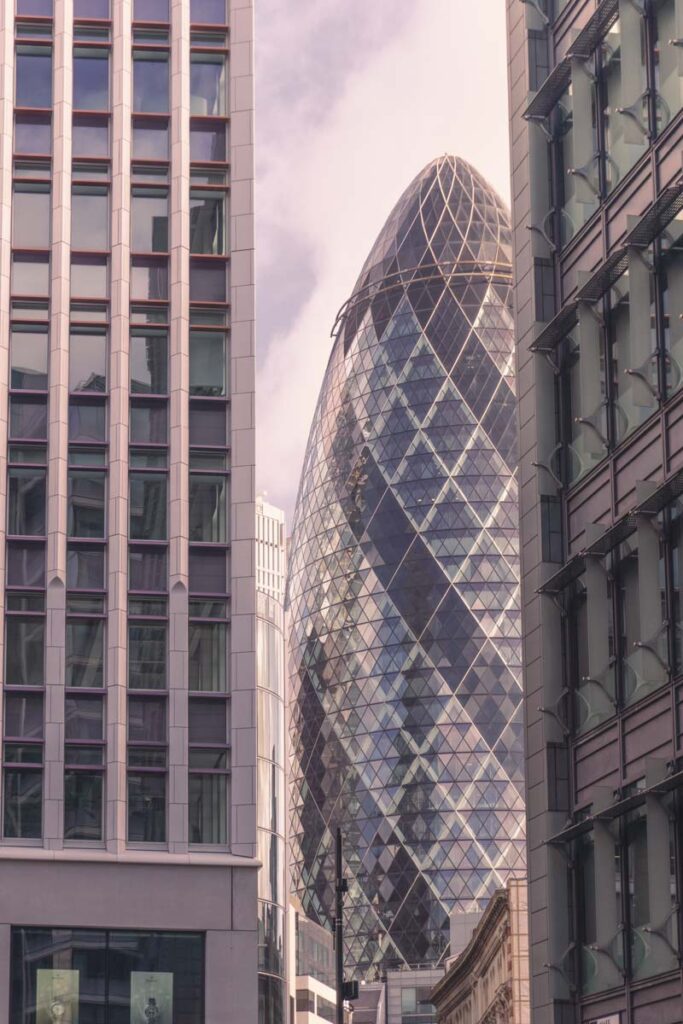
The City of London, or the Square Mile, is right in the heart of London.
Its traditional boundaries run from Chancery Lane in the west to Middlesex Street in the east, with the Thames as its southern border and a line running roughly through Farringdon and Finsbury to Spitalfields marking its northern edge.
The History of the City of London
To understand the history of this fascinating place, we have to go right back to the beginning.
The Romans
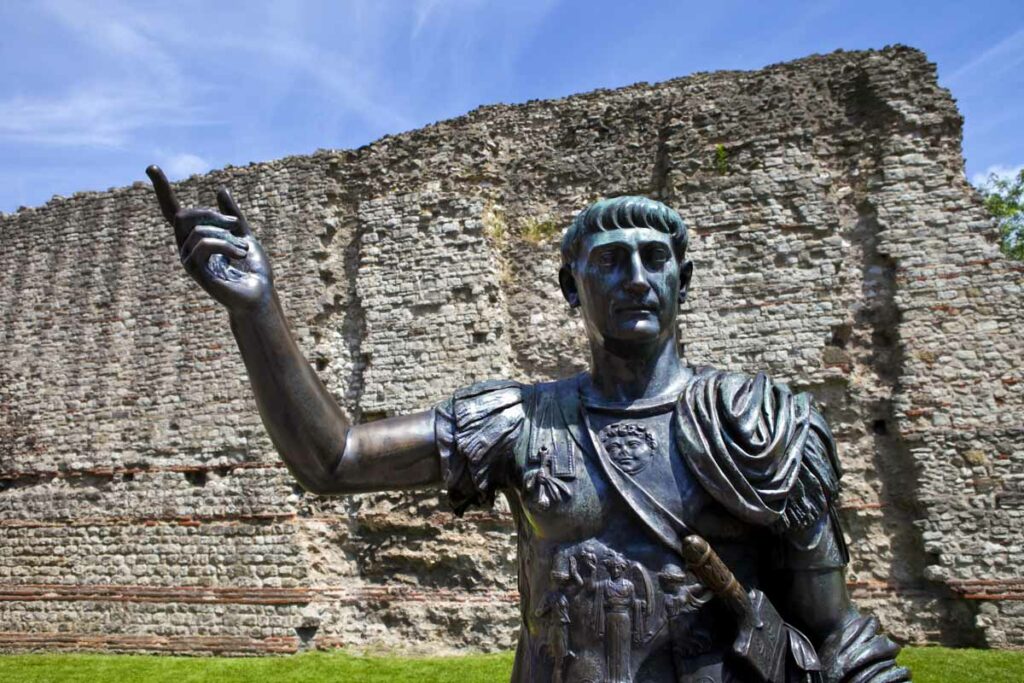
The City of London’s history begins and is, for several hundred years, fused with the founding of the city. That settlement, as you probably know, was called Londinium – the Roman City. It’s believed that Londinium was founded in around AD 43.
The exact dates here matter less to us than what the founding of that settlement puts in motion. Being the engineering ubermensch that they were, the Romans built the city walls that would delineate the Square Mile right up to the present day, essentially drawing a very real line in the sand between the City of London and everything else.
Their other great achievement was a bridge, very close to the site of today’s London Bridge, that turned Londinium into a thoroughfare for all sorts of goods, people and ideas. This was the start of London as a cosmopolitan city.
The Saxon Period
Though the Saxons had little impact on the idea of this enclave as a unique or special place, their period of London’s history is worth a mention perhaps for the amusing way they passed on their names.
By the time the Saxons made London their home, it had all but been abandoned. The Roman empire had collapsed in the west and the city had fallen to ruin. The few people that still lived there had moved outside the city walls.
Saxon kings restored London’s buildings and walls and persuaded the residents to move back within them. They left the outer city and renamed it the ‘old settlement’ or Ealdwic in their tongue. That name survives today as Aldwych.
The kings of Saxon England also renamed Londinium, Lundenburh or London Fort.
The Middle Ages
By the middle ages, London was a thousand years old. It had seen the rise and fall of two civilisations and was about to see the rise of another – one that would set in motion the recognition of The City of London as its own self-governing entity.
When the Normans arrived in Britain in 1066 they tried to take London by force, failing to get across London Bridge. Eventually, they signed a charter in 1075 granting London a measure of authority. London would be one of the few places in England where Normans did not have absolute power.
After having built the Tower of London to keep an eye on them, William the Conqueror left London much to its own devices. It wasn’t until his son, Henry I, instated a sheriff to oversee the boroughs of London and Middlesex that anything changed.
This change was to be the origin of The City of London Corporation – the governing body that still runs the City today. From here on out the story of the City of London is essentially the story of its governing corporate body.
Corporate Power
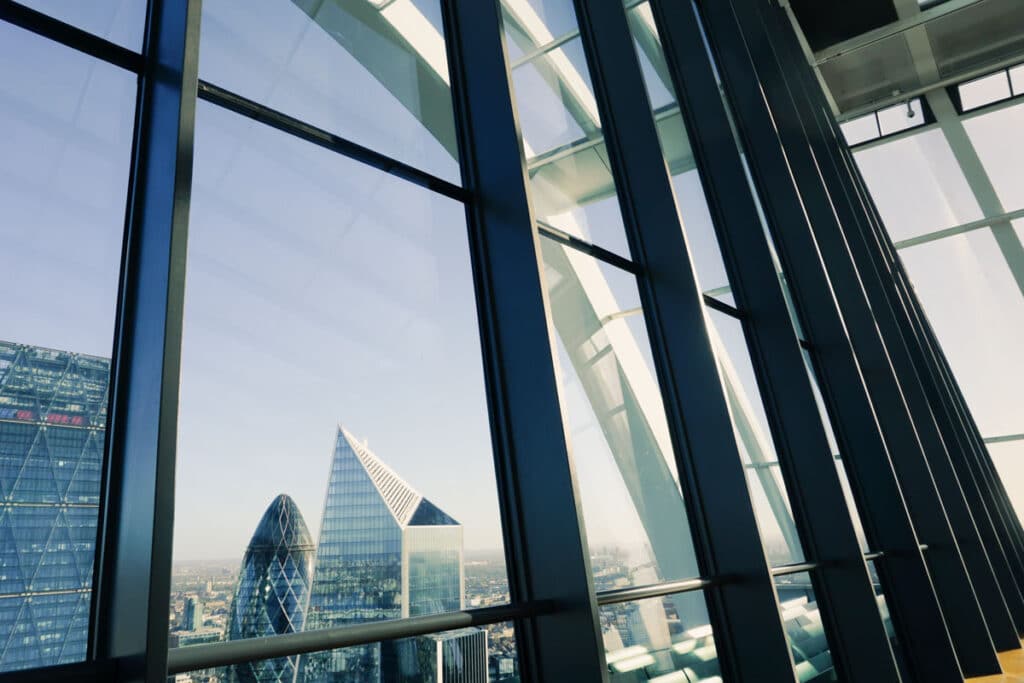
The Corporation of London ran their small section of the kingdom much the way a corporate business is run today. Under their rule, not only the citizens of the City of London get a chance to vote for its mayor, but so do its businesses.
It was a bizarre form of government that put priority, much as they do today, in wealth creation and trade. Under the corporation the City of London became enormously wealthy and powerful.
It’s important to remember here that this is taking place over hundreds of years and that in that time London (as in not the City of London) is growing. The old Roman walls still marked the boundary between the Corporation’s power, and the power of the monarchy that ruled everything else.
So sacred were those boundaries that they were written into the Magna Carter, England’s greatest piece of legislation that limits the power of kings. According to Magna Carter “the City of London shall have/enjoy its ancient liberties”.
A few kings over the years had the foolish idea that they could change that. One ended up getting beheaded. Another was forced to abdicate. There would always be an unsteady balance between royalty and the city.
The Great Refusal and the Great Epoch
In 1637, something would happen that would cement the City of London as the place we know it today: the crown asked the City of London to extend their rule and privileges to the rest of London and the City turned them down.
They had truly cemented themselves as other, apart from the rabble of the rest of London.
From the 1600s too, the City of London starts to become a hub of banking and insurance, and still the old rivalries between Corporation and Crown persisted.
In the 1700s, it came to the point of treason. In a little-known but incredible fact of history, the City of London went directly against the crown and supported the USA in their war for independence.
Even flying so brashly in the face of the monarchy couldn’t bring down the power of the City, though countless Victorians tried. Many of them were reformers trying to bring Corporate power under the thumb of parliament – but to no avail.
With free trade and empire booming the City of London Corporation was essentially untouchable.
The City Today
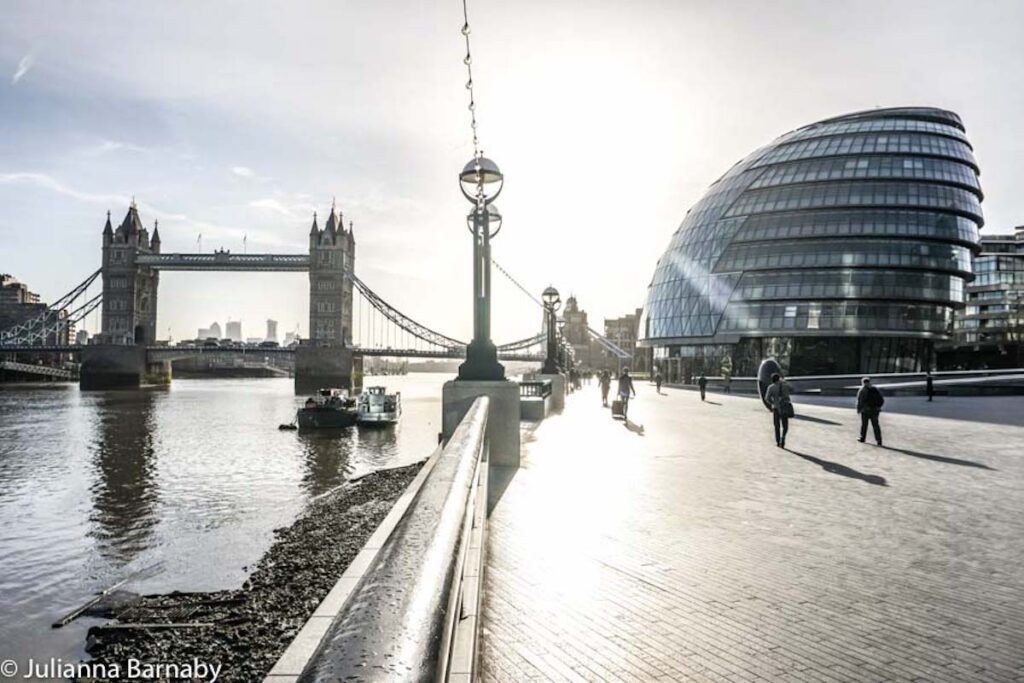
That tradition has lasted all the way up to the present day. The City of London Corporation still exists and still governs the Square Mile through the ancient liberties afforded them nearly 1000 years ago, and indeed those liberties have been instrumental in making The City the global financial powerhouse it is.
Aside from the question of governance, some of these ancient liberties live on today in bizarre ceremonies and rituals that have their roots in mediaeval London.
For example, even today if a monarch wants to enter the City of London they have to be invited in by the Lord Mayor. The Lord Mayor’s show is another classic example of an 800-year-old tradition that lives on.
The City of London today is most known though for its highrise developments and big business, shunned by some as a haven for runaway capitalism and laundrette for the world’s dirty money. The banks that call the City home were also responsible, in part, for the 2008 Financial Crash.
Questions then: What should, or can, we do when these ancient rules allow corporations to go too far, and when do we decide that the welfare of the many is more important than protecting the world’s oldest continuous democracy?
City of London History: Practical Information
How to get there: You can get plenty of trains and tubes into The City of London. Liverpool Street Station and Blackfriars are the two main stations. The Central, Circle, Waterloo and City, District, DLR, Hamersmith and City, and Elizabeth Lines all stop here.
There’s plenty to see and do in this ancient part of London.
Read our area guide to discover the best bits.

